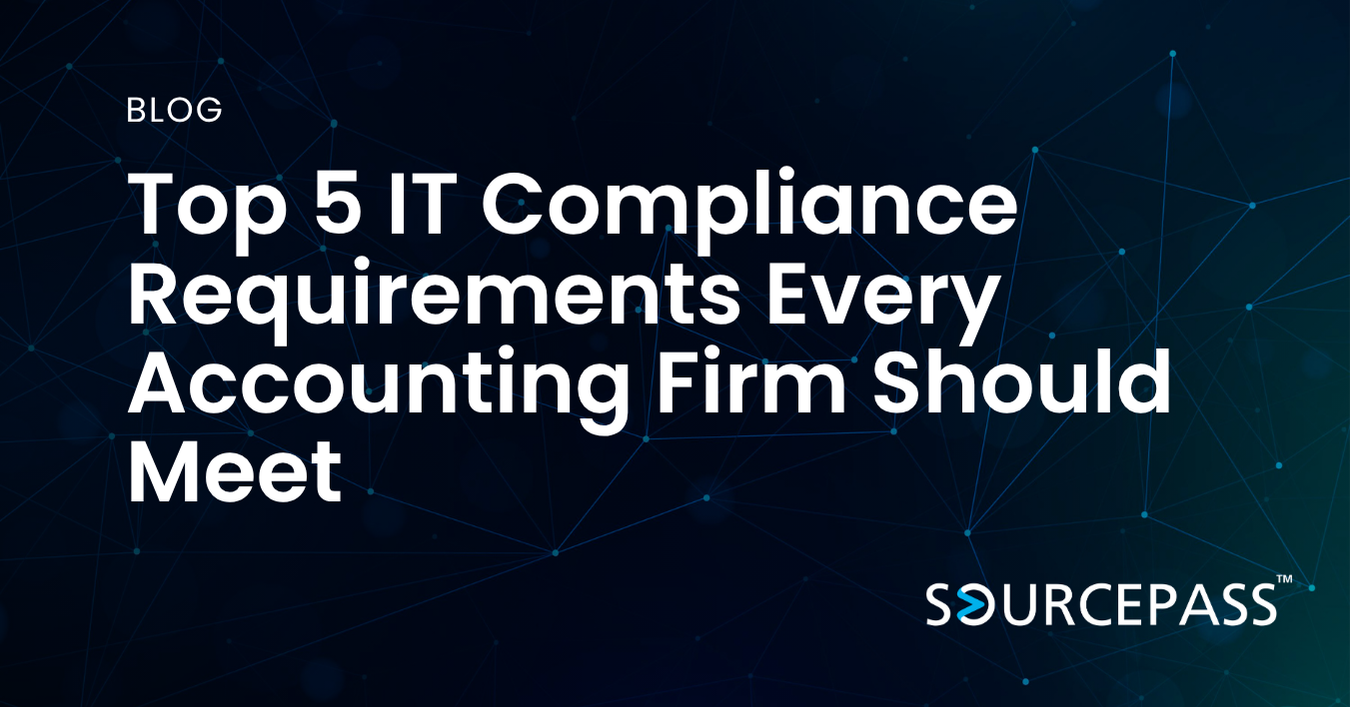Zero Trust Implementation Roadmap for SMBs with Microsoft Entra
Nov 24, 2025 Alex Davis Microsoft Solutions 2 min read



Zero Trust Implementation Roadmap with Microsoft Entra
Small and mid-sized businesses are adopting Zero Trust to strengthen security and remove the assumptions that once guided perimeter-based models. Instead of trusting networks or locations, Zero Trust validates identity, device health, and context for every access request. Microsoft Entra provides the core tools that help SMBs make this shift without adding unnecessary complexity.
This roadmap outlines a practical, phased approach to designing and operationalizing Zero Trust using Entra ID, Conditional Access, and related Microsoft security controls.
Step 1: Shift to Identity-First Security
Zero Trust begins with identity. Every user, application, and device must be treated as a potential entry point.
Identity-first security prioritizes:
-
Validation of identity and device health
-
Context-based decisions rather than network trust
-
Protection of sensitive data and workloads
For SMBs, Zero Trust is a business enabler. It helps protect client information, maintain compliance, and keep operations running smoothly even when threats evolve.
Step 2: Map and Assess Your Current State
Before implementing controls, build visibility into how your environment operates today.
Inventory Core Elements
Document:
-
Users and privileged roles
-
Devices and management status
-
Applications in use, including shadow IT
-
How data moves across systems
Identify High-Risk Gaps
Common issues include:
-
Legacy authentication
-
Unmanaged or personal devices
-
Excessive admin privileges
-
Broad access to cloud apps
Plan your rollout in phases to reduce disruption.
Step 3: Implement Identity-First Controls with Entra ID
Microsoft Entra ID enables key Zero Trust capabilities.
Enforce Strong Authentication
-
Require MFA for every user
-
Remove legacy authentication protocols
-
Add phishing-resistant MFA where possible
Deploy Conditional Access
Conditional Access policies allow access only when risk, user role, device health, and location meet defined criteria. Start with baseline protections, then strengthen policies for sensitive roles and workloads.
Apply Least Privilege
Limit admin access to the minimum required and use role-based assignments rather than broad or permanent privileges.
Step 4: Protect Devices, Applications, and Data
Zero Trust extends beyond identity. The environment must enforce compliance, protect apps, and secure sensitive data.
Device Health and Compliance
-
Allow only healthy, compliant devices
-
Block unmanaged or noncompliant endpoints
-
Integrate with Microsoft Intune for device governance
Application Controls
-
Use Conditional Access App Controls
-
Monitor sessions for risky behavior
-
Restrict high-risk apps or operations
Data Protection
-
Apply classification and labeling
-
Use encryption to protect sensitive data
-
Implement DLP policies to limit unauthorized sharing
Step 5: Align to Frameworks and Measure Progress
Structured frameworks help guide adoption and ensure consistent improvement.
Use Standards to Organize Your Roadmap
-
NIST Zero Trust Architecture
-
Microsoft Zero Trust adoption guidance
Translate these into measurable milestones:
-
MFA coverage
-
Conditional Access completeness
-
Device compliance levels
-
Privileged access controls
-
DLP activity and enforcement
Monitor your improvement using Microsoft Secure Score.
Step 6: Harden Operations and Enable Continuous Improvement
Zero Trust is not a single project; it is an evolving program.
Operationalize and Automate
-
Automate risk-based access decisions
-
Integrate incident response playbooks
-
Use adaptive policies that respond to real-time signals
Train and Communicate
Provide regular user training to reduce friction and support adoption. Conduct change management pilots to adjust policies safely.
Review and Refine
Use quarterly reviews and telemetry to tune controls, strengthen policies, and update your roadmap.
Zero Trust helps SMBs protect identity, devices, apps, and data in a way that is measurable and sustainable. Microsoft Entra provides the core capabilities needed to reach these milestones without requiring large enterprise budgets.
FAQ: Zero Trust with Microsoft Entra
What is the first step to implementing Zero Trust with Entra?
Start with identity-first controls: universal MFA, removal of legacy authentication, and baseline Conditional Access policies.
Is Zero Trust too complex for SMBs?
No. Microsoft provides built-in guidance and templates that make Zero Trust achievable in phases, even for small teams.
Do we need Intune to adopt Zero Trust?
Intune is not required but is highly recommended for enforcing device compliance and integrating with Conditional Access.
How long does Zero Trust implementation take?
Many SMBs reach meaningful milestones within weeks by securing identities and enabling Conditional Access.
How do we measure Zero Trust progress?
Use metrics such as MFA coverage, Conditional Access adoption, device compliance, and Secure Score trends.
Subscribe To
Sourcepass Insights
Sourcepass Insights
Stay in the loop and never miss out on the latest updates by subscribing to our newsletter today!
.png?width=500&height=100&name=White%20Logo%20-%20Transparent%20Tag%20(3).png)



